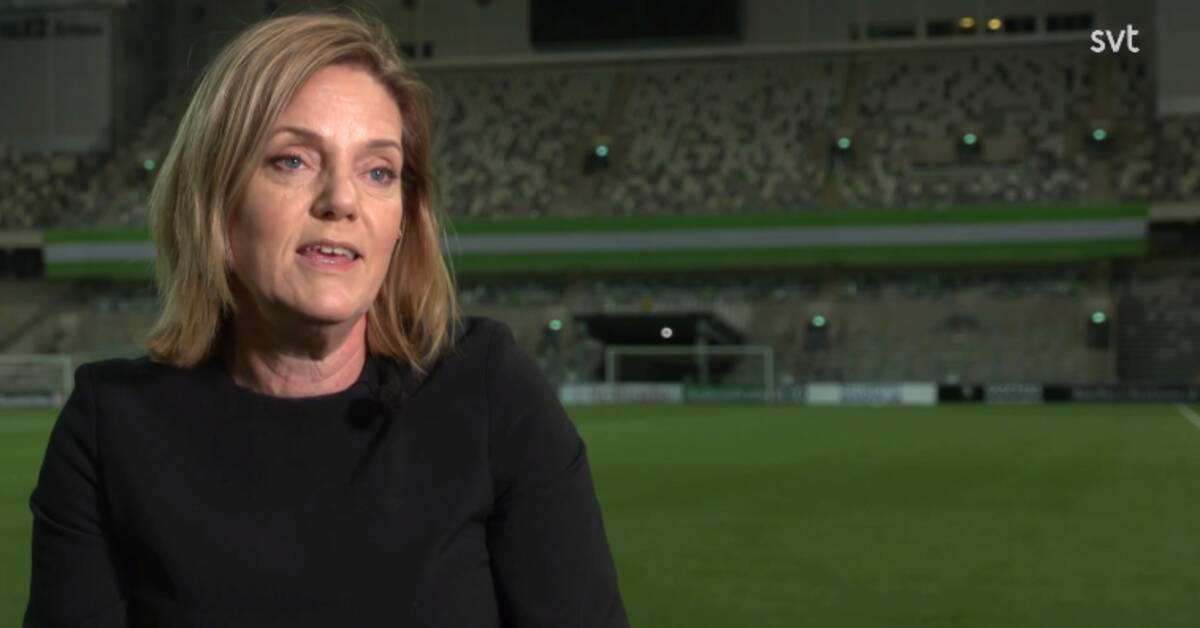In international football, there is an equalization system for transfers, which provides financial compensation to the clubs that have trained and trained players as juniors.
To take an example: when national team defender Marcus Danielson went from Djurgården to the Chinese club Dalian two years ago, the parent club Skogstorp - where Danielson played until the age of 17 - received about one million kronor in so-called solidarity compensation (see fact box).
Today, there is also international solidarity compensation on the women's side.
But what is still missing is the so-called education allowance.
Fifa did not think the economy was sufficient
For several years, the league organization Elite Football Women, EFD, together with the Swedish Football Association, has lobbied for it to be introduced.
- It has been an important issue for us.
The message from Fifa 2011 was that they did not think there was a large enough economy in women's football.
But now they have looked at it again, says EFD's chairman Annika Grälls.
An international education allowance, or training allowance as it is also called, is given to the clubs that have raised a player from the age of twelve to 21 when the player goes abroad out of contract.
For Swedish clubs, it would provide much-needed extra money when young women's players leave as Bosman.
But the problem, just as Fifa pointed out in 2011, has been that there has not been enough money in the global women's football market.
The proposal: take one percent of men's football transfers
But now a new proposal is on the table.
According to Annika Grälls, Fifa's working group is investigating the possibilities of taking a percentage of men's football's global transfer fee and adding training allowance on the women's side.
The total transfer fee in men's football for the year 2021 was 4.86 billion US dollars according to Fifa's report.
One percent of that corresponds to approximately 457 million Swedish kronor.
- Then the question is at what pace Fifa makes decisions in the matter.
We do not control that, says Annika Grälls.
Where is it right now?
- Fifa's working group has looked at it and I think that the group agrees to pick one percent from the men's side.
Håkan Sjöstrand (Secretary General of the Swedish Football Association), who has contact with Fifa, did not think it could come this year.
Which had been our hope.
If the proposal goes through, it would give Swedish clubs a carrot to become even better at talent development, Annika Grälls believes.
- As it looks today, compensation ends up at very low levels.
This transfer fee from the men's side would be an effective lubricant for clubs that want to invest in developing players and then sell them to reinvest in the association.

